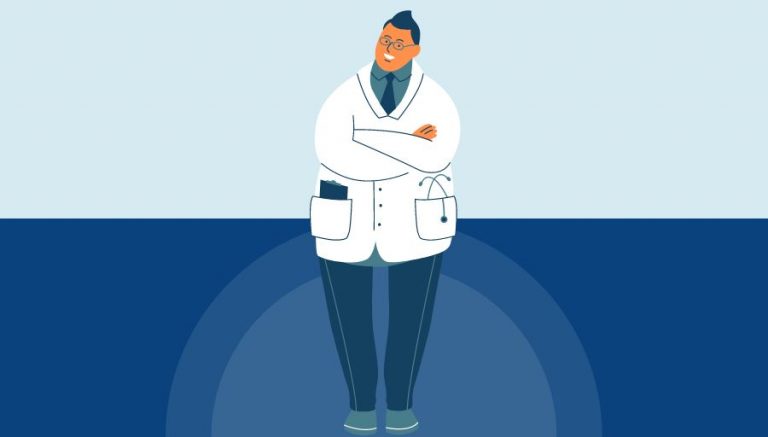How To Use CPT Code 99070
CPT 99070 is a code used for billing supplies and materials provided by a physician or other qualified health care professional during a patient visit, beyond what is typically included. This article will cover the description, procedure, qualifying circumstances, appropriate usage, documentation requirements, billing guidelines, historical information, similar codes, and examples of CPT 99070 procedures.
1. What is CPT 99070?
CPT 99070 is a code used by medical professionals to bill for supplies and materials provided by a physician or other qualified health care professional during a patient visit, beyond what is typically included. These supplies and materials may include medical supplies, medications, special trays, or medical devices, but exclude spectacles or eyeglasses. The code is used in conjunction with the appropriate evaluation and management (E/M) code that describes the services rendered.
2. 99070 CPT code description
The official description of CPT code 99070 is: “Supplies and materials (except spectacles), provided by the physician or other qualified health care professional over and above those usually included with the office visit or other services rendered (list drugs, trays, supplies, or materials provided).”
3. Procedure
- The provider identifies the need for additional supplies or materials during the patient encounter.
- The provider obtains and utilizes the necessary supplies or materials for the patient’s treatment.
- The provider documents the specific supplies or materials used, along with their quantities and costs.
- The provider bills CPT 99070 in addition to the appropriate E/M code for the services rendered.
4. Qualifying circumstances
Eligibility for CPT code 99070 services is determined by the physician or other qualified health care professional providing the additional supplies or materials during the patient encounter. The provider must determine that the supplies or materials are necessary for the patient’s treatment and are not typically included in the office visit or other services rendered. The provider must also document the specific supplies or materials used, along with their quantities and costs, to support the claim for CPT 99070.
5. When to use CPT code 99070
It is appropriate to bill CPT code 99070 when a physician or other qualified health care professional provides additional supplies or materials during a patient encounter that are not typically included in the office visit or other services rendered. The provider must determine that the supplies or materials are necessary for the patient’s treatment and must document the specific supplies or materials used, along with their quantities and costs, to support the claim for CPT 99070.
6. Documentation requirements
To support a claim for CPT 99070, the following information must be documented:
- The specific supplies or materials provided to the patient, along with their quantities and costs.
- A description of the patient’s condition or treatment that necessitated the use of the additional supplies or materials.
- The appropriate E/M code for the services rendered during the patient encounter.
7. Billing guidelines
When billing for CPT code 99070, it is important to follow these guidelines:
- Bill CPT 99070 in addition to the appropriate E/M code that describes the services rendered.
- Consider using HCPCS Level II codes for separately billable supplies, as they provide more detail and are linked to specific reimbursement rates.
- Provide a description of the supply and possibly a copy of the invoice from the supplier for pricing if using 99070.
- Be aware that Medicare does not pay separately for trays and bundles them into the payment for the surgical code.
8. Historical information
CPT 99070 was added to the Current Procedural Terminology system on January 1, 1990. The code’s description was changed on January 1, 2013, to include “other qualified health care professional” in addition to “physician.”
9. Similar codes to CPT 99070
Five similar codes to CPT 99070 and how they differentiate are:
- CPT 99071: This code is used for educational supplies provided by the physician, such as pamphlets or brochures.
- CPT 99072: This code is used for additional supplies, materials, and clinical staff time required during a Public Health Emergency due to respiratory-transmitted infectious disease.
- CPT 99073: This code is used for the provision of spectacles or eyeglasses, which are excluded from CPT 99070.
- CPT 99074: This code is used for the provision of contact lenses, which are also excluded from CPT 99070.
- CPT 99075: This code is used for medical testimony provided by the physician or other qualified health care professional.
10. Examples
Here are 10 detailed examples of CPT code 99070 procedures:
- A patient with a severe wound requires specialized wound care supplies during their office visit, beyond what is typically included.
- A patient with a complex medical condition requires multiple medications to be administered during their office visit, beyond what is typically included.
- A patient undergoing a minor surgical procedure in the office requires a specialized surgical tray, beyond what is typically included.
- A patient with a respiratory condition requires a specialized nebulizer treatment during their office visit, beyond what is typically included.
- A patient with a skin condition requires specialized dressings and bandages during their office visit, beyond what is typically included.
- A patient undergoing allergy testing requires additional allergen extracts during their office visit, beyond what is typically included.
- A patient with a chronic condition requires additional monitoring devices during their office visit, beyond what is typically included.
- A patient undergoing a diagnostic procedure requires additional contrast agents during their office visit, beyond what is typically included.
- A patient with a complex medical history requires additional laboratory tests during their office visit, beyond what is typically included.
- A patient with a mobility impairment requires additional assistive devices during their office visit, beyond what is typically included.



